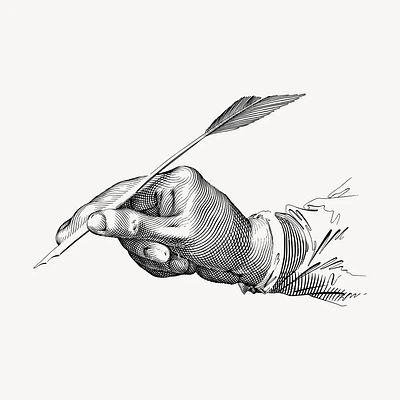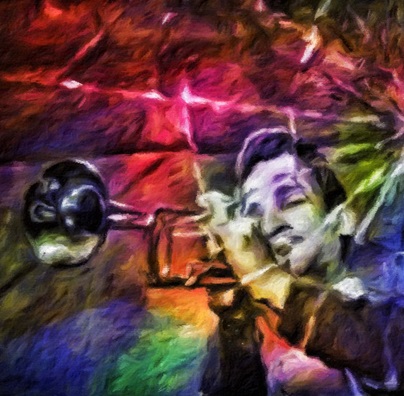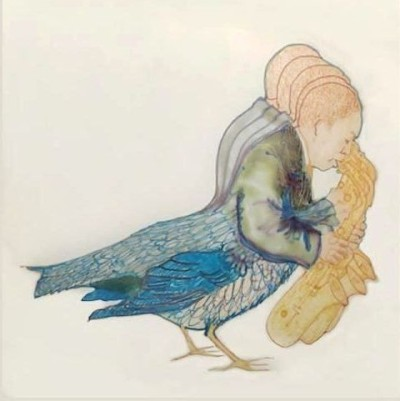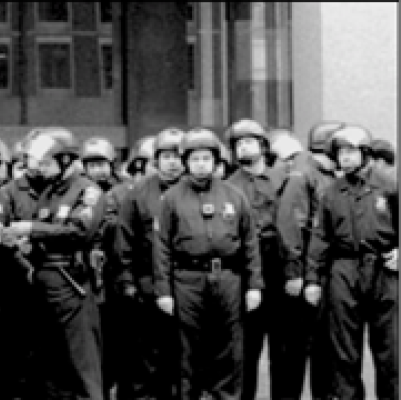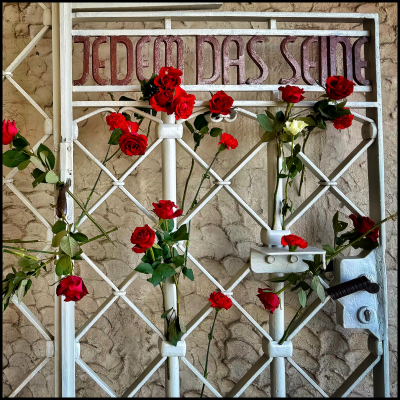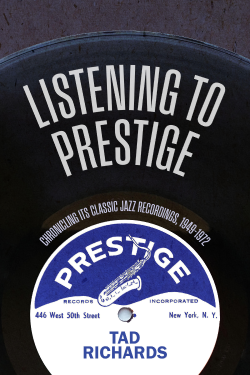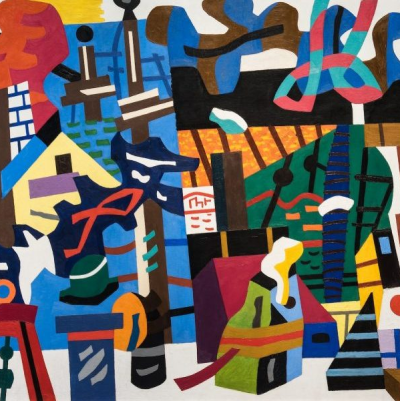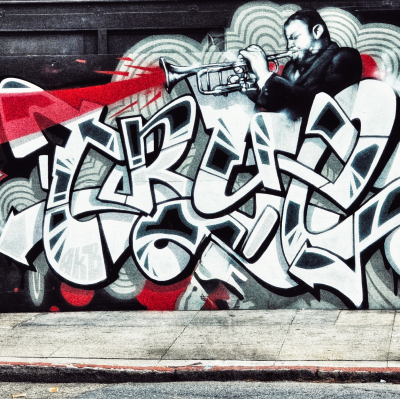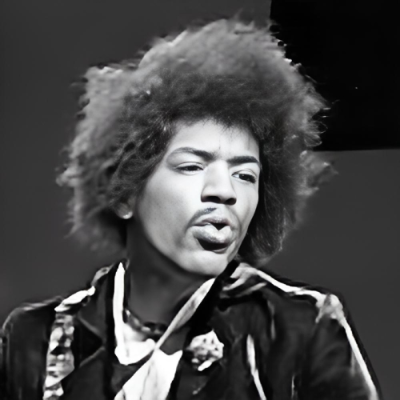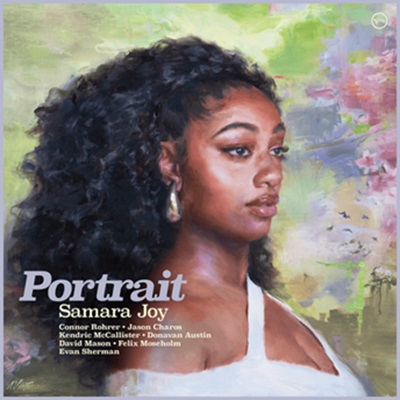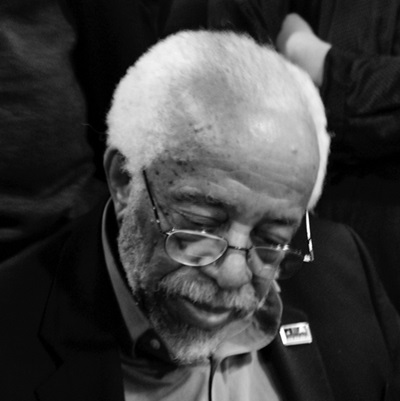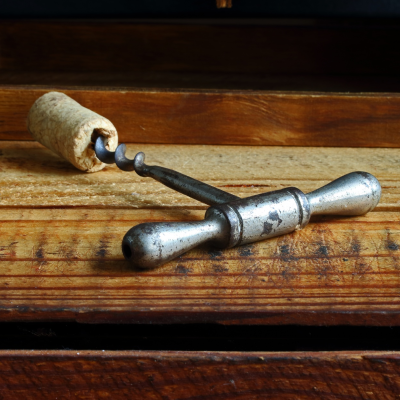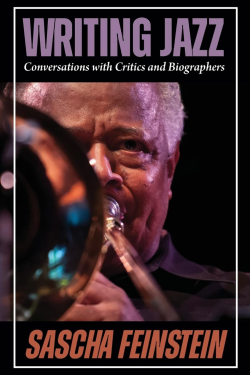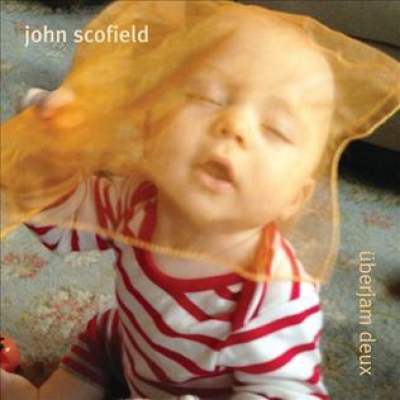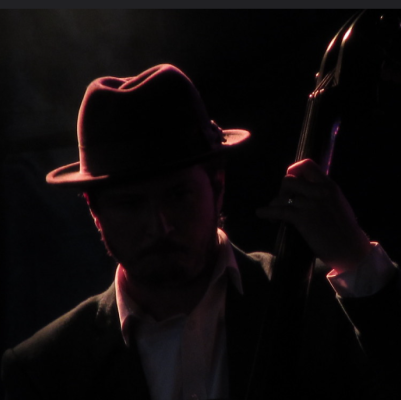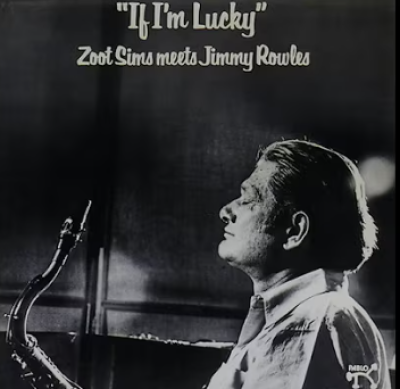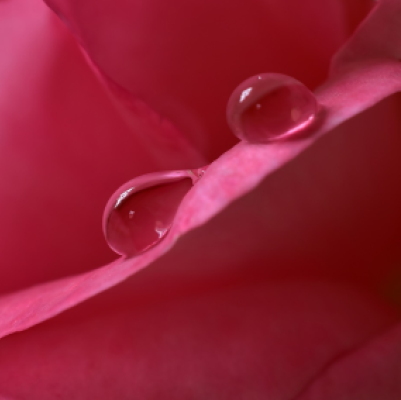.
.
For over twenty years, publishing quality jazz-themed fiction has been a mission of Jerry Jazz Musician. Hundreds of short stories have appeared on the pages of this website, most all of which can be accessed by clicking here.
A substantial number of novels and stories with jazz music as a component of the story have been published over the years, and the scholar David J. Rife has written short essay/reviews of them, which he has compiled in two valuable resources, Jazz Fiction: A History and Comprehensive Reader’s Guide (2008), and a recently published sequel, Jazz Fiction: Take Two. (Several of the stories published on Jerry Jazz Musician are reviewed).
Rife’s work is impressive and worth sharing with Jerry Jazz Musician readers. With his cooperation, essay/review excerpts from Take Two will be published on a regular basis.
.
In this edition, Rife writes about five novels/short fiction that include stories about the interconnected cultures of jazz, dancing and nightclubs.
.
.
___
.
.
.
…..Jazz Fiction: Take Two is the sequel to Jazz Fiction: A History and Comprehensive Reader’s Guide (2008). The earlier work filled a pressing need in jazz studies by identifying and discussing 700 works of fiction with a jazz component.
…..This work picks up where that one left off, around the turn of the 21st century, and surveys over 500 works of jazz-inflected fiction that have appeared since. None of these works, to my knowledge, have been discussed in this context.
…..The essay-reviews at the center of the book are designed to give readers a sense of the plots of the works in question and to characterize their debt to jazz. The entries were written with both the general reader and the scholar in mind and are intended to entertain as well as inform. This alone should qualify Jazz Fiction: Take Two as an unusual and useful reference resource.
.
-David J. Rife
.
.
___
.
.
photo by William Gottlieb/Library of Congress
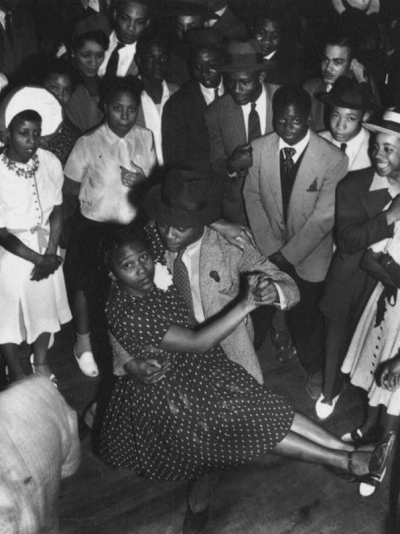
Dancers in a Washington D.C. jazz club
c. 1938
.
___
.
.
Jazz, Dancing, Nightclubs: A Bonded Culture
.
…..The three items in the title were not of course born together in the so-called Jazz Age—the years following WW1—but they became predominant then. Throw into this equation booze and crime and you have a large chunk of culture. When, a few years later, darkness descended in the form of the Depression and Prohibition, the party didn’t stop. It just changed gears. The free-wheeling Charleston often became a dance of desperation that people used to get through their days.
…..As the following stories demonstrate, the functions and symbolism surrounding dancing are almost endless: it can be a good-luck gesture, a bridge to integration, a flirtation, or an unbridled gesture of joy.
.
.
___
.
..
…..A coming-of-age story focusing on the daughter of Russian immigrants, Anna Danova, who’s a high school teenager when the narrative begins in 1939 and a young woman when it ends at the end of WW2. At first Anna had no interest in music, until her dad, who was a sound engineer for several bands around New York, persuaded her to go with him to see Duke Ellington in concert at Randall’s Island. Her life changed the minute Ellington took the stage. He was—as always—resplendent, and when he spoke
.
his voice, more than his words . . . held her attention. He seemed to savor the taste of each word in his mouth before he spoke. By the time his enjoyment of the words he’d eaten reached through his voice to Anna’s ears, she was hungry for whatever the band was about to play.
.
…..In short, Anna was besotted by jazz even before she heard the music. Before long she was going to the Savoy Ballroom in Harlem, accompanied by her nerdy, jazz-geek friend. Surprising herself, she catches on to dancing and mingles, unself-consciously, with Blacks of both sexes. At the Savoy and later the Onyx, she’s privileged to see and meet several of the musicians, many of whom play more than cameo roles: Earl Hines, Billy Eckstine, Charlie Parker, Dizzy Gillespie, and most importantly Sarah Vaughan, Ella Fitzgerald, and Billie Holiday. Anna’s self-esteem was boosted by Fitzgerald’s and Holiday’s full-bodiedness. Although the story raises questions of race and ethnicity, it will be most memorable to jazz-fiction lovers for its depiction of the WW2 Harlem jazz scene and especially for its presentation of several of history’s most prominent jazz musicians, from late-swing to bebop.
.
_____
.
.
…..The Black Bottom is a long historical crime fiction set in Detroit during the turbulent, thrilling year of 1927. Crime, drugs, sex, and jazz are everywhere—predictable accompaniments to the Prohibition, bootlegging, and exciting new music that dominated the community, particularly that section of town referred to as the Black Bottom—a place name immortalized in Ma Rainey’s classic song “The Black Bottom.” In fact, the great singer herself makes a dramatic appearance at the novel’s central location, the Temple Speakeasy and Place Nice, where she and her group show up for a jam after performing downtown at a public event. Louis Armstrong and the Hot Five also give a rousing performance at the club, a place that attracts a strikingly diverse clientele of Blacks and tans and in-betweens where musicians can experiment with the several varieties of jazz that were sweeping the land and where dancers could “splash the dance floor with their troubles and woes and leave them there, stomped to nothingness, stomped to oblivion if only for the night, if only for the dance.”
…..The fragmented plot centers on Kalib Kierka who is just coming out of a five-week coma at the beginning and suffering from amnesia. He needs to find out who he is and track down the thugs who gave him the vicious beat-down that almost took his life. Very gradually he discovers he owns a speakeasy (the Temple), that firearms fit comfortably in his hands, and that he has a sultry sweetheart who is a poet-junkie-whore and soulful lead singer for the Temple’s house band. Every time he passes by or hears a piano, Kalib experiences a frisson of familiarity. And, sure enough, he learns that he had indeed been a jazz pianist. When he’s beaten up a couple more times, Kalib begins to suspect that the notorious Purple Gang are trying to muscle in on his turf and take over his speakeasy. Someone insinuates that Kalib’s girlfriend might be setting him up to feed her extravagant heroin addiction. Shortly afterward he is shocked to learn that he couldn’t be more different from the personality he had been assembling in his search for his identity.
…..Caveat: Because of its typography and layout, I found the Kindle edition of this title almost impossible to read—and I bought it twice! If you’re interested in reading it, get a hard copy.
.
.
_____
.
.
…..…..An historical Young Adult novel-in-verse dramatizing the zoot suit riots in Los Angeles toward the beginning of WW2. The titular owls refers to the Mexican-American girls who danced—jitterbugged—all night before going to their grueling jobs at the canneries the next morning. In their minds, they were contributing to the war effort by entertaining the troops who were about to be confronted by the horrors of war. But then one night the racially motivated sailors (some from the South) attack the Latino zootsuiters, someone is killed, a Mexican- American boy is charged and convicted, and riots ensue. Racial politics, miscegenation, and the deplorable conditions for young female laborers are persistent themes. But there’s always music—jazz and Latin—and, especially, energetic dancing:
Real zooters don’t need the right clothes to dance; we just jump up on the tabletops anyway! Girls ride on shoulders, slide under boys’ legs, then get tossed up, flipped over, leap back up, spin around, fly, swoop down, rise and soar!
.
.
_____
.
.
…Seven people—six Blacks (one gay) and one white woman—are at a rent party in Harlem, way after hours, probably in the late ‘50s, dancing, drinking, and having a good time when a Dizzy Gillespie record starts to play, creating an electric moment:
. . . what it said without words summed up the situation pretty well. It was not that room but the world in that room that was in the record. The music was uranium, and these seven people, had they been super-duper spies could not have known more about atomic energy.
.
.
_____
.
.
……..Amelia Monet is the leader of a group of four spirited, hip, thirtyish gals who call themselves “The Ladies of Swing” to commemorate their devotion to music and each other. They are trying to resuscitate Mova’s Jazz Café, the hottest club in New Orleans until Hurricane Katrina devastated the community, causing countless businesses and many townsfolk to leave town. Amelia thinks she will be able to restore the club to its former glory if she can only find a band that will fill the house. Her dream is on the verge of coming true when she attends a performance of Jazzy and the Argonauts—a combo that radiates sexy excitement, largely because of its extravagantly talented guitarist/vocalist, a handsome, charismatic outsider—a “mystery man”—one who might be capable of answering Amelia’s fiscal and emotional prayers. Soon after Amelia signs the band to a contract, Mova’s springs back to life, attracting large, enthusiastic crowds and enabling a chick lit relationship between Amelia and the band’s main attraction, London Zao Thomas. To this point the narrative has been gynocentric, emphasizing the positive chemistry of the swing gals and their flirtatious ways. But what has been a sprightly read begins to darken when rumors of nefarious behavior start to cluster around the enigmatic London. Soon, we’re in Stephen King territory and wondering whether London might be insane, suffer split personality, or have a twin. With the help of coincidences and unlikely events, this conundrum is resolved. The musical content, so promising early on, is ultimately shallow. The primary settings are jazz venues, the chapters are prefaced by epigraphs from famous (Miles, Monk, Mingus) and esoteric (Kitaro, Terje Rypdal) musicians, the artists are seen (briefly) in performance, and jazz occasionally plays a significant philosophical or thematic role:
Amelia often compared her comprehension of the mysteries of life to an improvisational jazz musician like John Coltrane or Thelonius Monk [sic]. Their music was so intricately detailed and confusing in every layer of its sound, but with a sharp stimulation of one’s consciousness. And once those musical notes finally penetrated the cerebrum, and melted into the auditory understanding of the temporal lobe, one not only knew what the song was about, but one felt a cool, refreshing calmness.
…..Mova’s Jazz Café is a dude version of African-American chick lit.
.
.
___
.
.
Click here to read previous editions of excerpts from David J. Rife’s Jazz Fiction: Take Two
.
.
Click here to read “Ballad,” Lúcia Leão’s winning story in the 65th Jerry Jazz Musician Short Fiction Contest
Click here to read more short fiction published on Jerry Jazz Musician
Click here to read The Sunday Poem
Click here for information about how to submit your poetry or short fiction
Click here for details about the upcoming 67th Jerry Jazz Musician Short Fiction Contest
Click here to subscribe to the Jerry Jazz Musician quarterly newsletter (it’s free)
.
Click here to help support the continuing publication of Jerry Jazz Musician, and to keep it ad and commercial-free (thank you!)
.
.
___
.
.
Jerry Jazz Musician…human produced (and AI-free) since 1999
.
.
.







